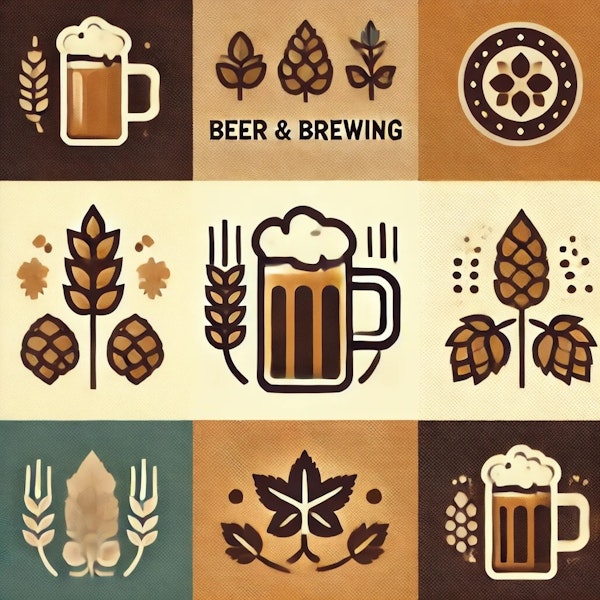
Jamie Bogner welcomes you to the Brewing Industry Guide for the second quarter of 2019.
Craft Beer & Brewing Cofounder/Editorial Director Jamie Bogner discusses the broader meaning of a brewery brand and how you can craft a story that people care about.
Today, brewers use the power of remote audiences to build demand for their beer, but niche festivals, burst distribution, and collaborations have created new avenues for reaching dedicated non-local fans.
Maine Beer Co. is more than just a brewery. “We wanted to try to prove a point that companies, even as small as we started and as small as we still are, can be a true model for good in the world and really have a positive impact,” Kleban says.
For Pinthouse Pizza, a multi-location Austin, Texas, brewpub, small brewhouses give them the ability to use larger production brewery–quality techniques while retaining the flexibility to innovate and create new experiences for customers.
The old equation of “buy a bigger kettle to brew more beer” no longer applies to today’s craft brewers. Brewhouse manufacturers have answered the call, bringing smart solutions to small breweries for production gains that don’t require breaking the bank.
From humble beginnings as a 3-barrel urban brewhouse, this band of metalheads has built a sour program, multistate footprint, and micro-distribution business by not being afraid to be themselves.
While it’s old news that breweries continue to open at an unprecedented rate, one factor that often gets lost in that equation is the net shift in drinking habits.
The explosion of adjunct ingredients in today’s craft beer, combined with rising rates of food allergies in the general population, makes it more important than ever to be up front with customers about what’s inside the beer you brew.
Our Editorial Director welcomes you to Craft Beer and Brewing Magazine's Brewing Industry Guide QTR 1 2018